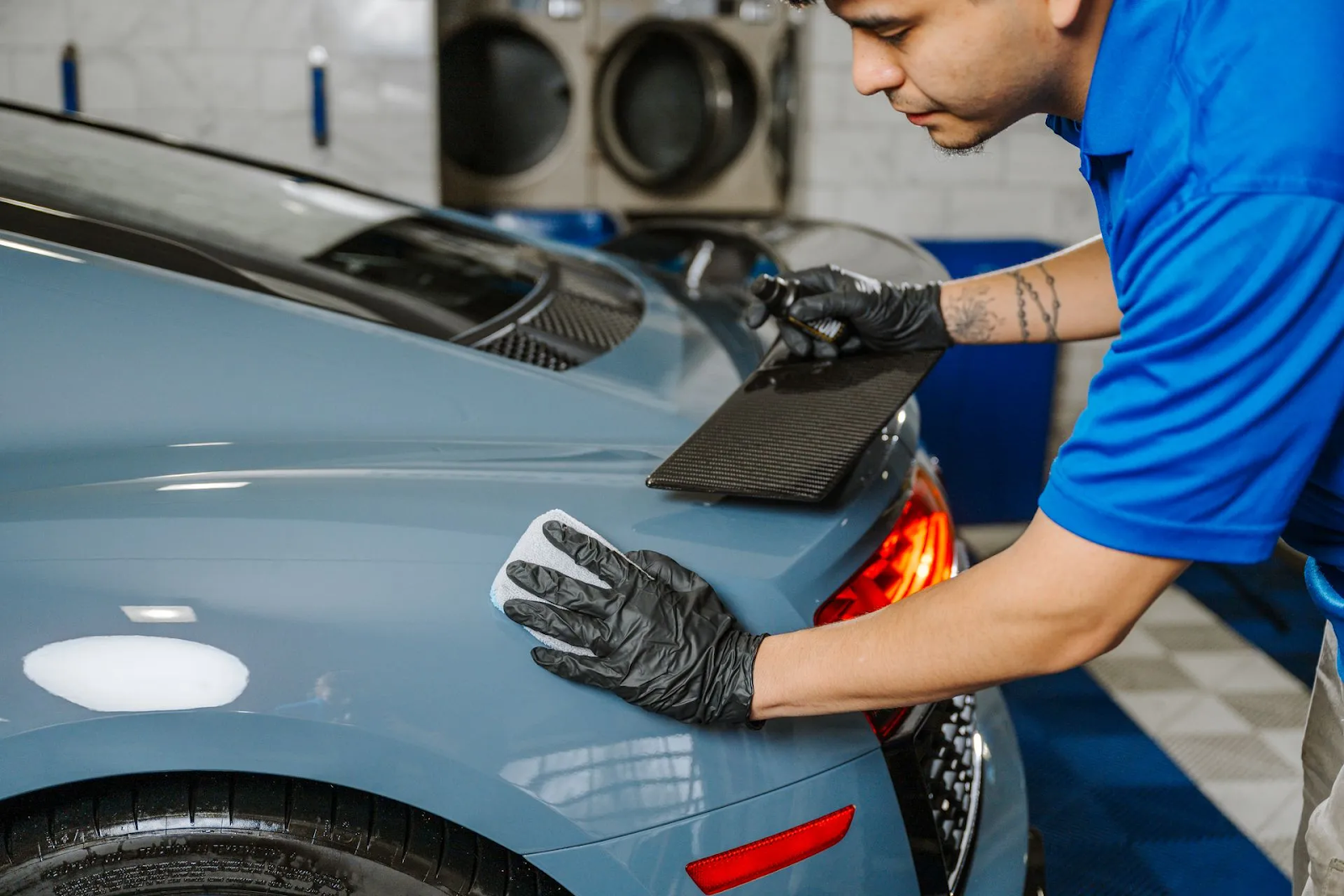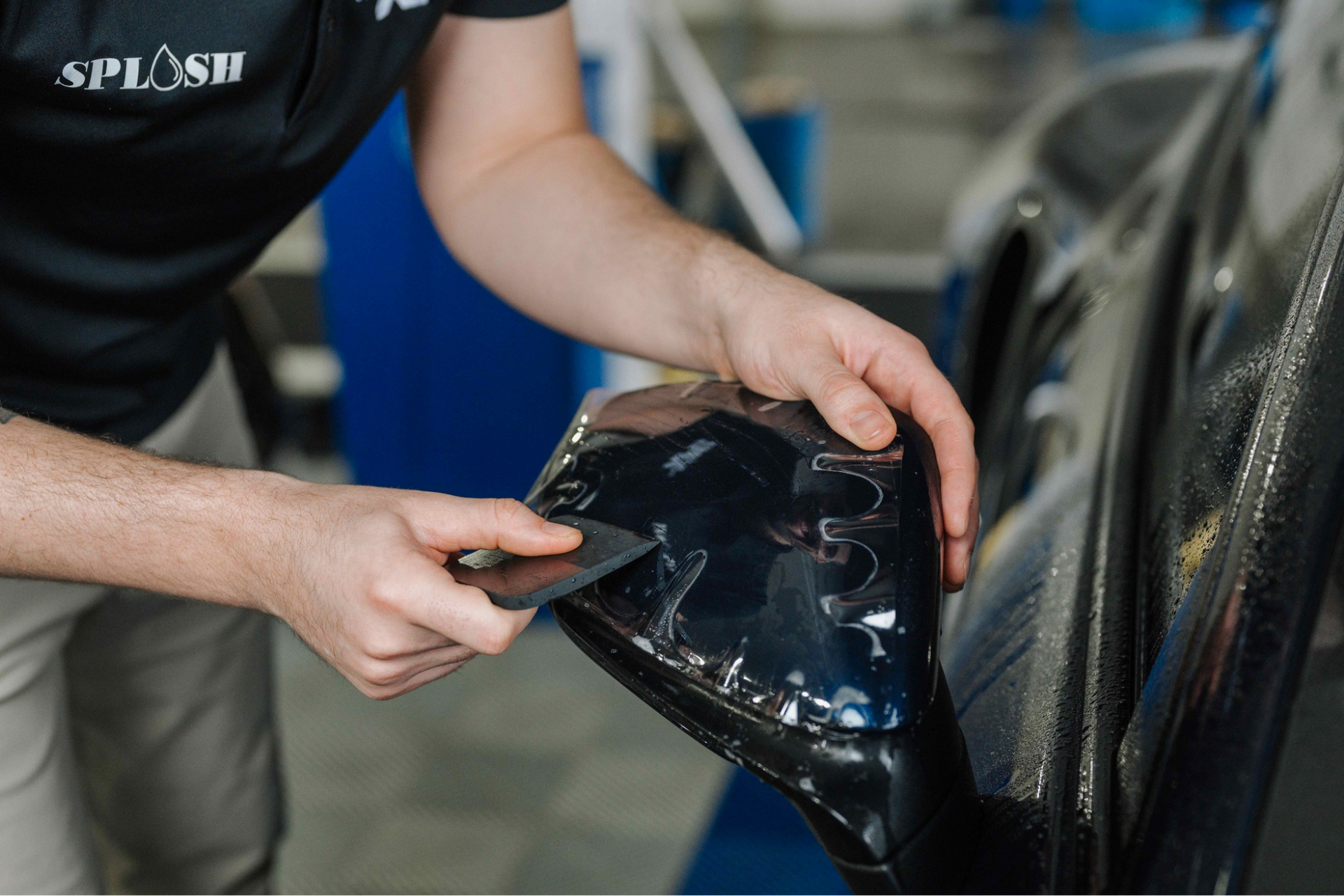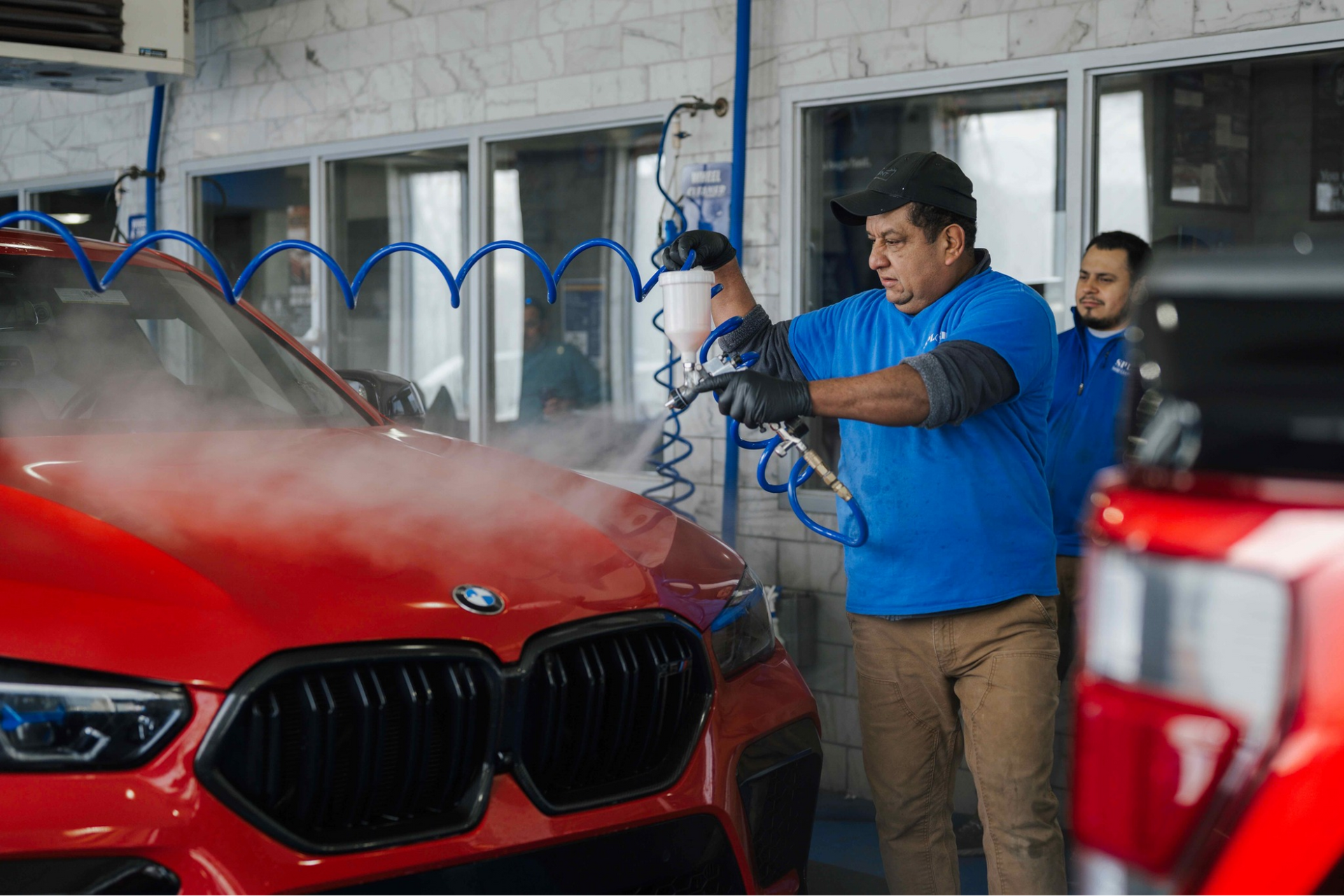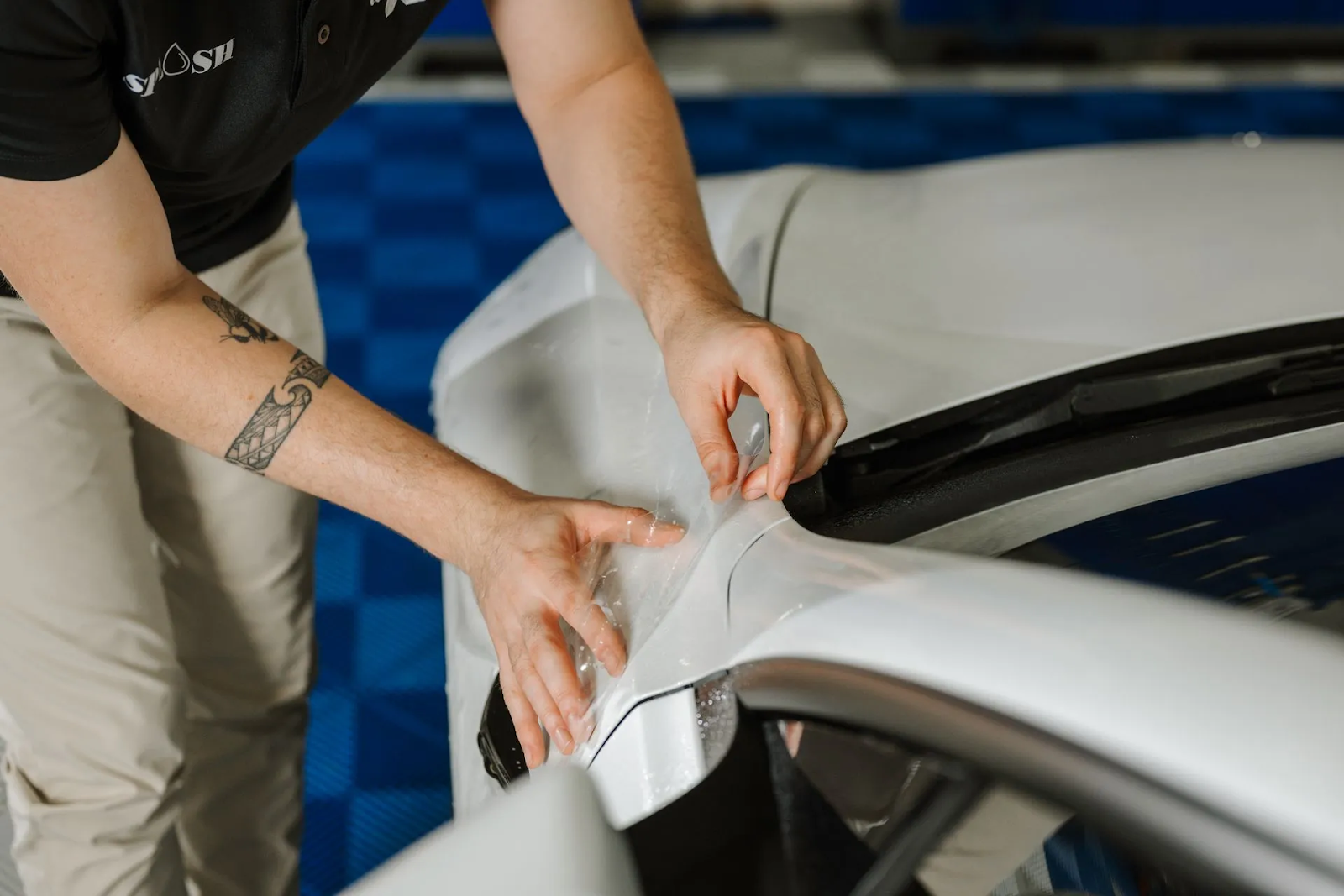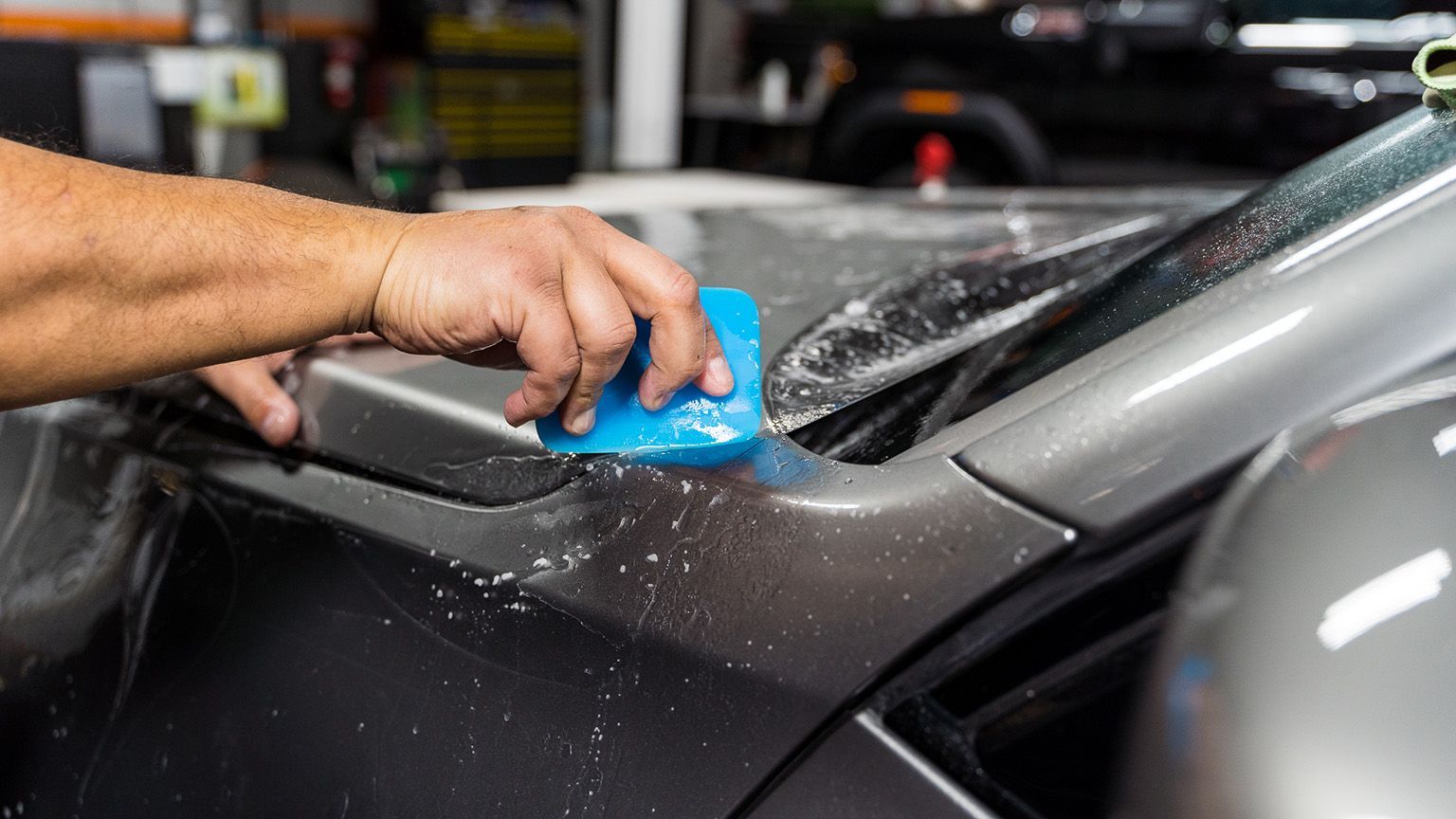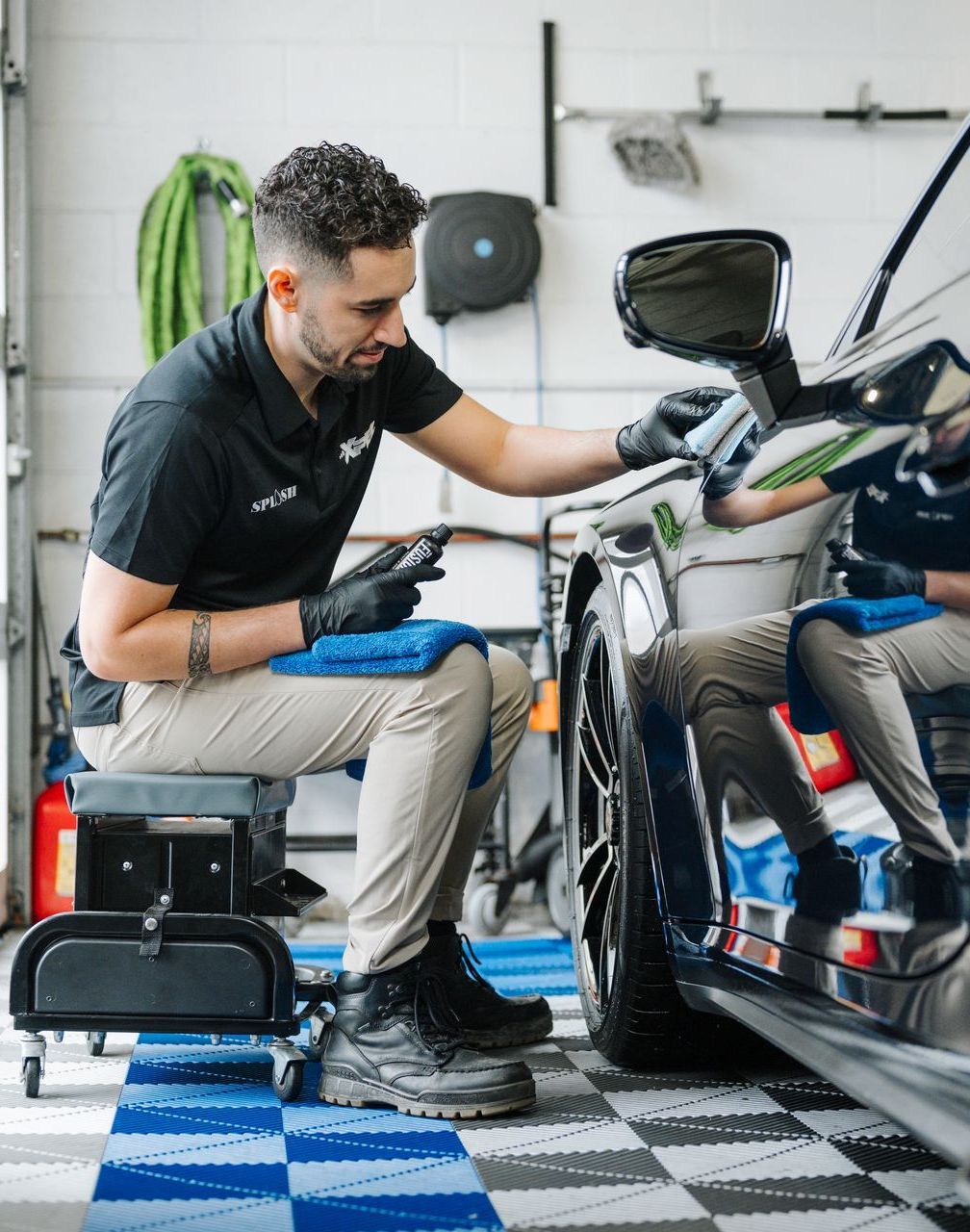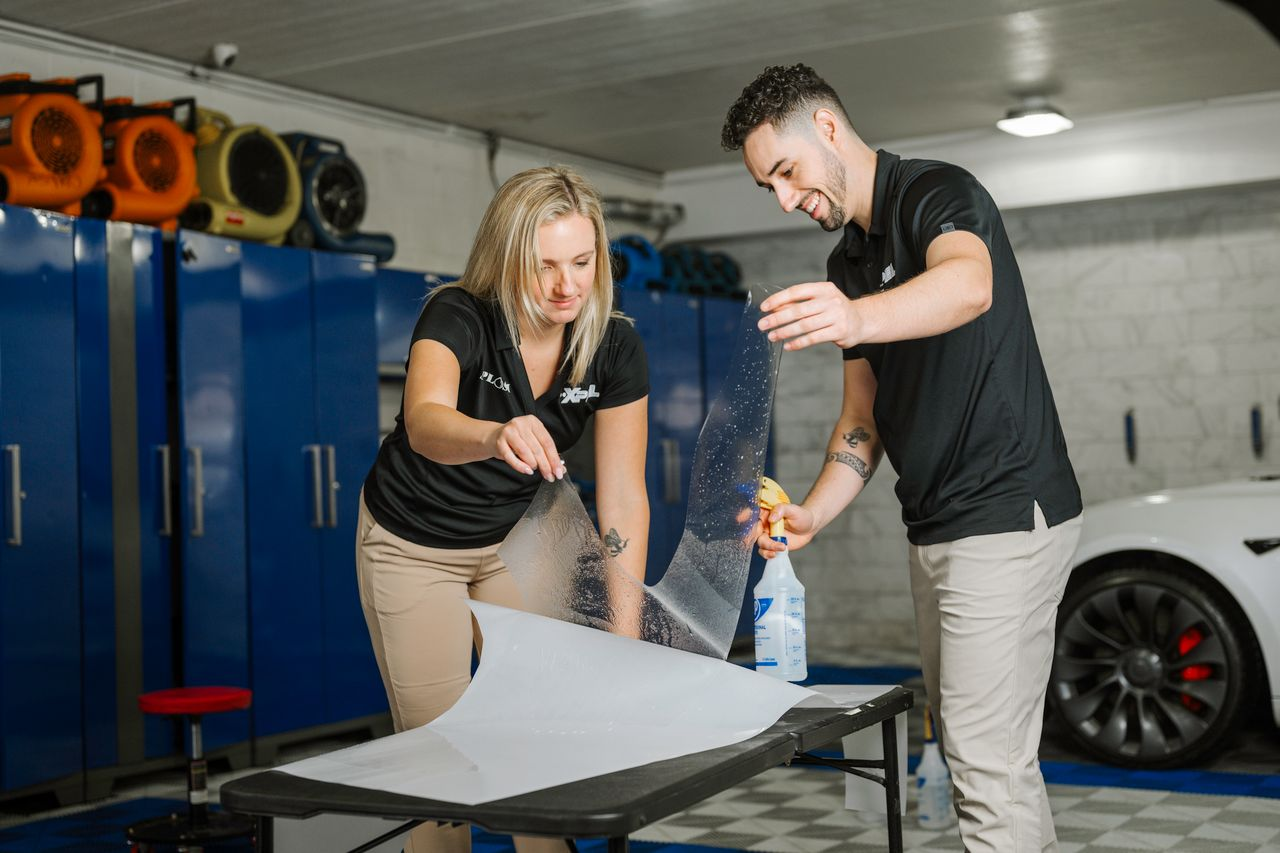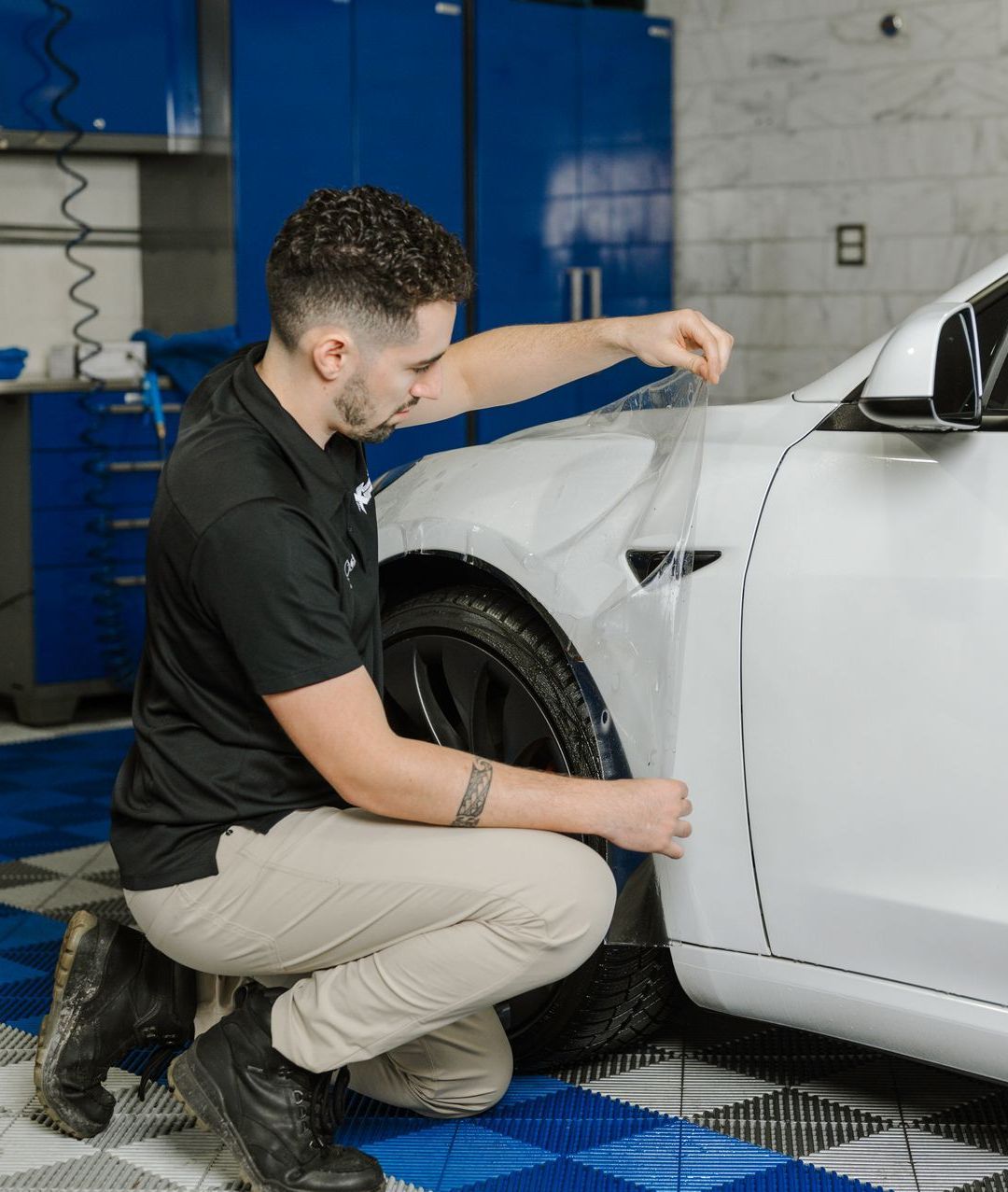Ever wonder why water beads up and rolls off some cars while clinging to others? That's the magic of hydrophobic ceramic coating at work. This isn't just about looks - it's chemistry creating a protective barrier that changes how water and dirt interact with your vehicle's surface.
At Splash Hand Car Wash and Detail, we hand apply liquid polymer ceramic coatings that create this water-repelling surface. The result makes your car easier to maintain and better protected.
What Makes Ceramic Coating Hydrophobic?
At Splash Hand Car Wash and Detail, we hand apply a liquid polymer to your vehicle's exterior surfaces. This hydrophobic ceramic coating formula develops a bond with the paint, curing to form a glossy, hydrophobic surface layer.
The coating creates a chemical bond with your vehicle's factory paint, forming a durable protective layer that actually bonds at a molecular level rather than just sitting on top.
How Water Beads on Ceramic Coating
When water hits hydrophobic ceramic coating, it forms tight beads instead of spreading out. The glass-like finish has minimal friction, so water can't grab onto the slick surface. Beads roll off easily, carrying contamination away.
This creates a mirror-like finish that makes your paint look better while protecting it. The result is fundamentally different from regular paint.
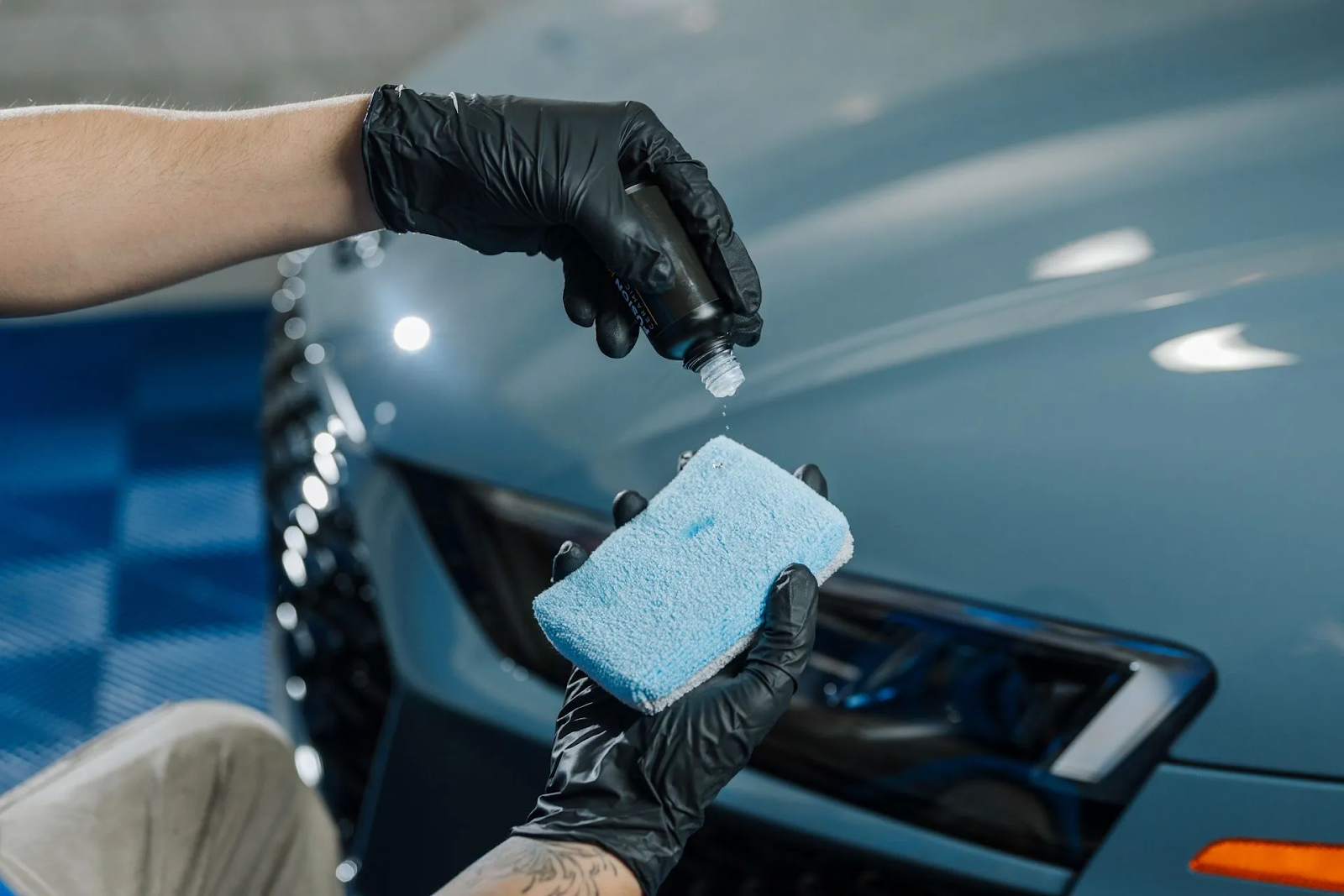
Preventing Dirt Buildup
One of the biggest benefits of hydrophobic ceramic coating is how it keeps your vehicle cleaner between washes. The slick surface gives dirt and grime fewer places to grab onto.
Benefits Include:
- Less dirt adhesion during driving
- Easier removal when washing
- Longer periods between cleaning
- Better appearance with minimal maintenance
When water beads and rolls off, it carries loose dirt away. Rain actually helps clean your car instead of just making it wet.
Water Spot Prevention
Hard water spots are frustrating paint issues. Hydrophobic ceramic coating dramatically reduces this problem.
The hydrophobic nature of ceramic coating means water beads instead of spreading, rolls off quickly, and has less time to deposit minerals.
The slick surface prevents water from clinging. Drying becomes simpler, maintenance time decreases, and your vehicle looks cleaner longer with no streaks or water spots.
Protection Against Corrosion
The hydrophobic ceramic coating layer creates a barrier against corrosive elements that damage paint over time.
What the Coating Blocks:
- Road salt and de-icing chemicals
- Acid rain and environmental fallout
- Bird droppings and bug splatter
- Tree sap and industrial contamination
These substances can't penetrate the ceramic barrier to reach your paint. The hydrophobic properties mean they wash off more easily before causing damage.
Long-Term Paint Protection
Hydrophobic ceramic coating provides paint preservation beyond just water repellency. The ceramic layer resists UV rays that fade and deteriorate paint, helping maintain color and prevent oxidation.
The hard, glass-like finish acts as a shield between environmental contaminants and your paint. By preventing water, dirt, and contaminants from bonding with paint, the original factory finish stays protected and your vehicle appearance stays newer longer.
Easier Cleaning and Maintenance
The hydrophobic properties transform your maintenance routine. At Splash Hand Car Wash and Detail, we see how hydrophobic ceramic coating makes cleaning straightforward.
During Washing:
- Dirt and grime don't stick as normally
- Contamination washes off easily
- Less scrubbing needed
- Products work more effectively
After Washing:
- Water beads and runs off quickly
- Drying takes less time
- No streaks remain
- Mirror-like finish appears immediately
Because dirt doesn't adhere as strongly, you can spend less time washing while maintaining better appearance.
Professional Application Process
Achieving proper hydrophobic properties requires correct application. At Splash Hand Car Wash and Detail, our team hand applies each ceramic coating with precision.
Professional Steps:
- Meticulous surface preparation
- Even spreading across all surfaces
- Proper curing time for bonding
- Quality control for coverage
The coating needs proper preparation to develop its full hydrophobic properties. Professional installation matters for optimal results.
Ceramic Coating vs. Wax
Traditional wax provides temporary protection, but hydrophobic ceramic coating offers something different.
Coating Advantages:
- Chemical bonding creates permanent layer
- Lasts years versus months
- Superior hydrophobic properties
- More effective against environmental damage
- Maintains shine longer without reapplication
Wax sits on top of paint and washes away quickly. Ceramic coating becomes part of your vehicle's surface through chemical bonding, providing lasting hydrophobic protection.
Understanding Limitations
While hydrophobic ceramic coating provides excellent protection, it has limitations. The coating does not eliminate washing needs entirely, prevent all scratches, or self-heal like paint protection film.
The hard, slick layer adds protection and makes maintenance easier, but your vehicle still needs regular care.
Maintaining Hydrophobic Performance
To get the most from your hydrophobic ceramic coating, proper maintenance preserves its properties.
Best Practices:
- Regular washing removes contaminants
- Use gentle, pH-neutral products
- Avoid harsh chemicals
- Hand washing preferred over automatic
Following these practices maintains the coating's hydrophobic properties and extends its effective life.
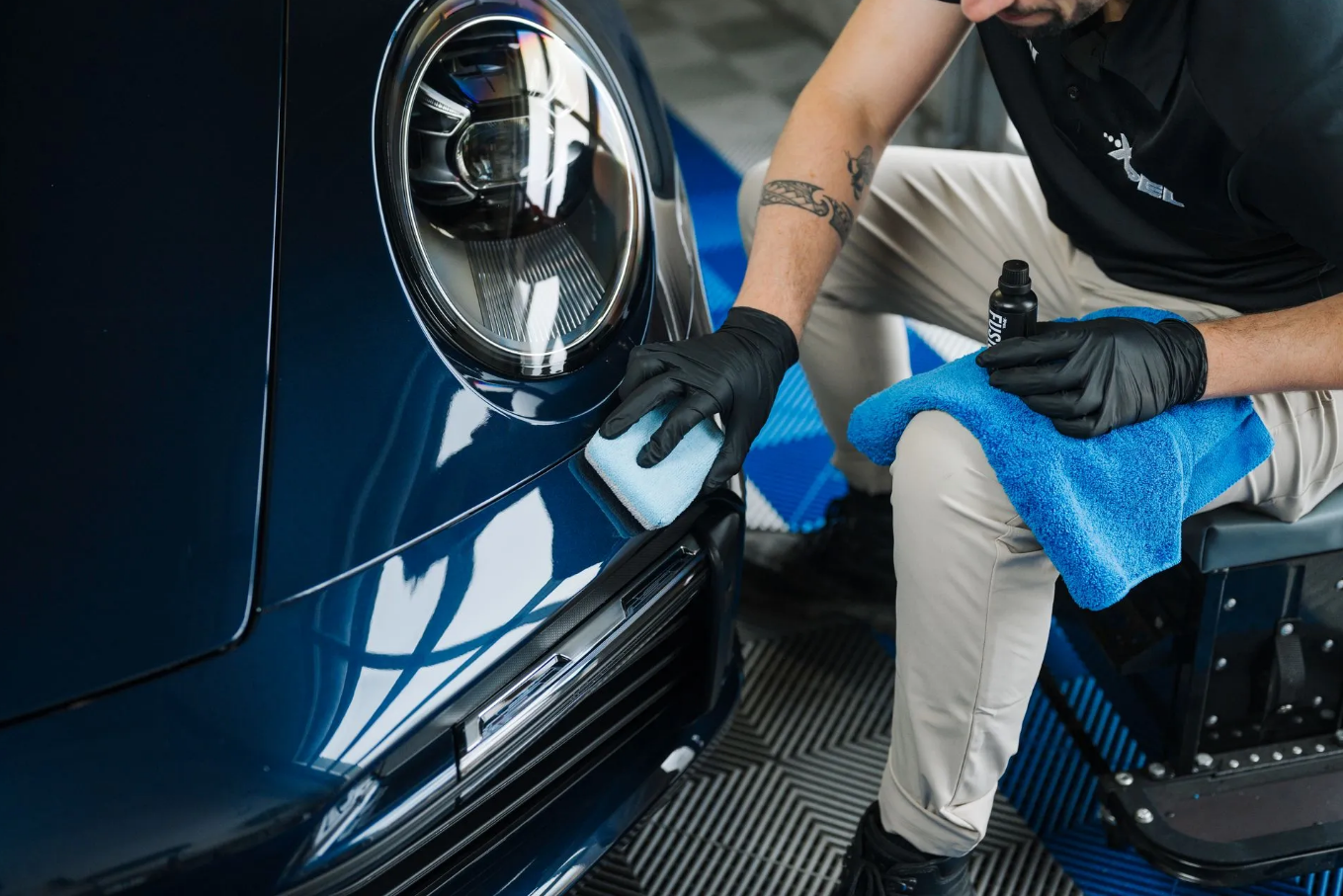
Experience the Hydrophobic Difference
Hydrophobic ceramic coating transforms how your vehicle interacts with water, dirt, and environmental contaminants. The chemical bonding creates a protective layer that makes maintenance easier while keeping your car looking better longer.
The combination of water-beading properties, dirt repellency, and long-term protection makes ceramic coating a smart choice for vehicle owners who want easier maintenance and superior protection.
Ready to experience hydrophobic ceramic coating benefits? Contact us at Splash Hand Car Wash and Detail to learn more about our ceramic coating services and discover how hydrophobic protection can transform your vehicle care routine.
Frequently Asked Questions
What does hydrophobic mean in ceramic coating?
Hydrophobic describes how ceramic coating repels water. The coating creates a surface that causes water to form tight beads instead of spreading out. These beads roll off easily, carrying dirt and contamination with them while preventing water spots and making maintenance easier.
How long do hydrophobic properties last?
Ceramic coating's hydrophobic properties can last for years when properly maintained. The chemical bond with your vehicle's paint creates a durable layer that doesn't wash away like wax. Regular washing with appropriate products helps maintain the coating's water-repelling properties throughout its lifespan.
Does ceramic coating eliminate car washing?
No, ceramic coating doesn't eliminate washing needs. While the hydrophobic surface makes dirt easier to wash off and allows longer periods between cleaning, regular washing is still necessary. The coating makes washing faster and easier but doesn't make your vehicle self-cleaning.
Should ceramic coating be professionally applied?
Professional application is recommended for optimal hydrophobic performance. The coating requires meticulous surface preparation and careful application to ensure proper chemical bonding and uniform coverage. Professional installation at Splash Hand Car Wash and Detail ensures the coating develops its full protective and hydrophobic properties.
How does ceramic coating compare to wax?
Ceramic coating provides superior hydrophobic properties compared to wax. While wax offers temporary water beading that washes away within months, ceramic coating chemically bonds with paint to create lasting hydrophobic protection for years. The ceramic layer provides more durable water repellency and better long-term protection against environmental contaminants.

